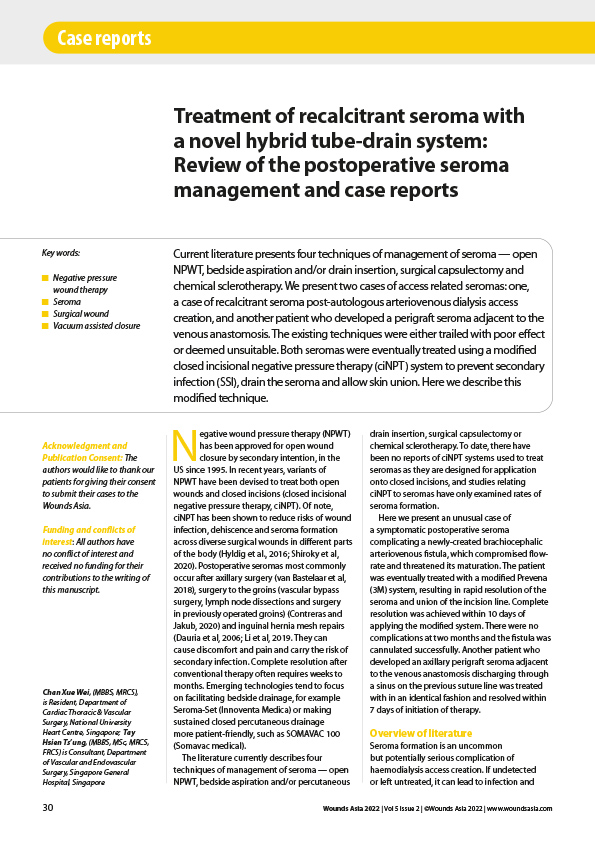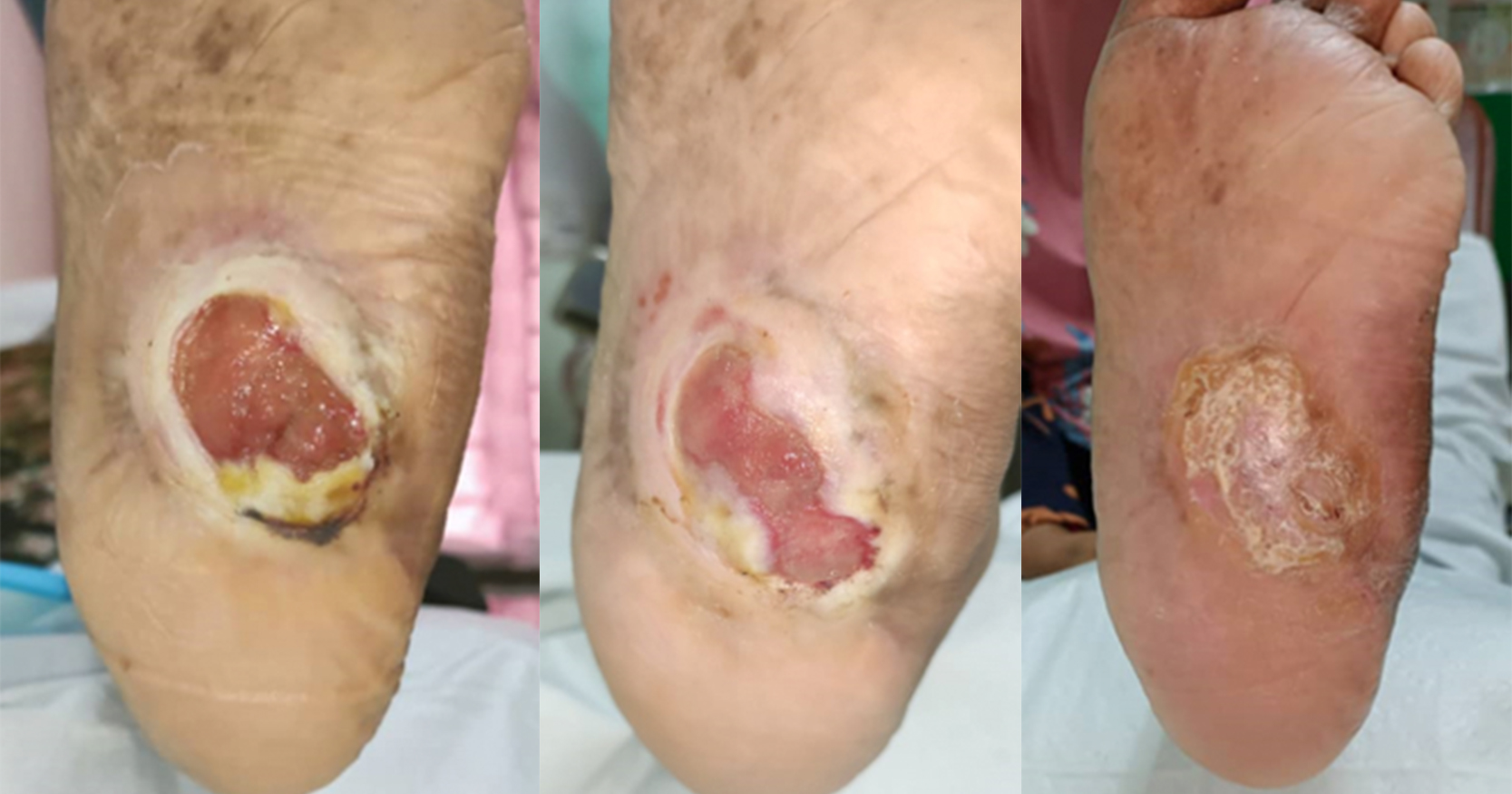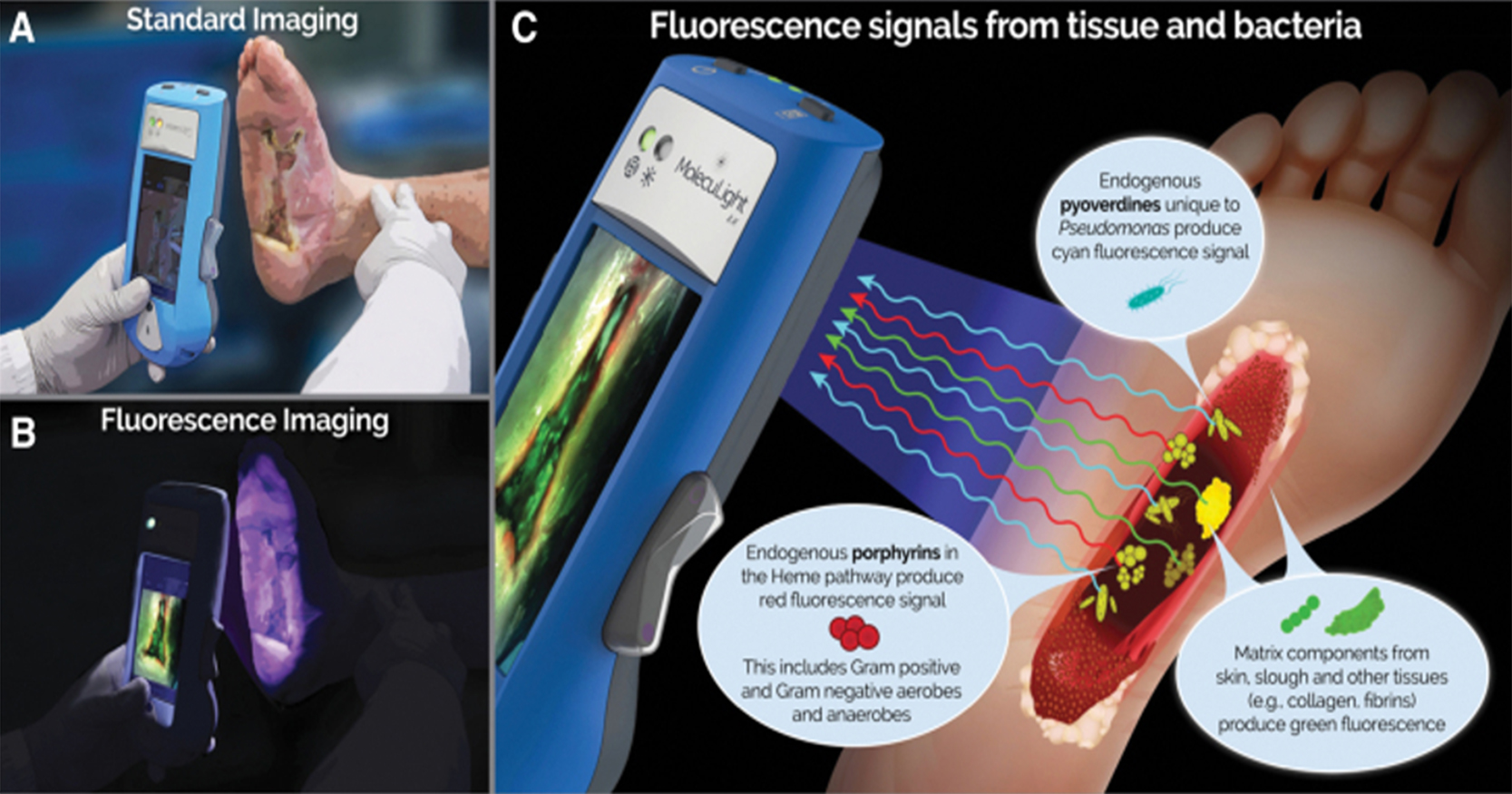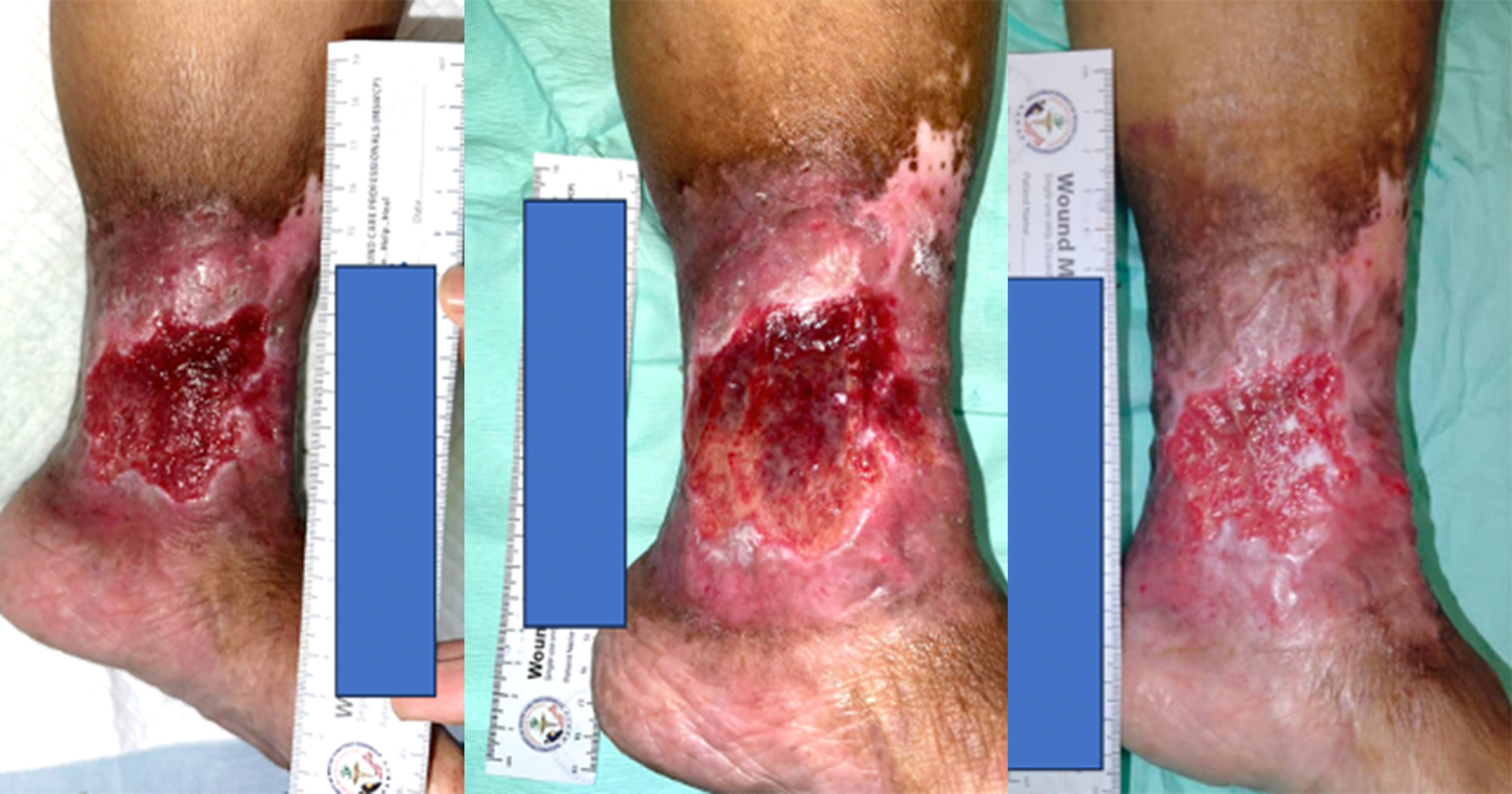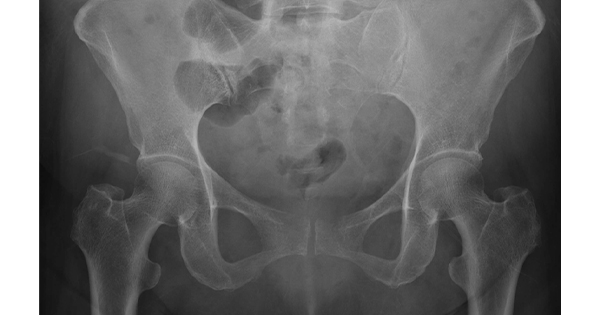Current literature presents four techniques of management of seroma — open NPWT, bedside aspiration and/or drain insertion, surgical capsulectomy and chemical sclerotherapy. We present two cases of access related seromas: one, a case of recalcitrant seroma post-autologous arteriovenous dialysis access creation, and another patient who developed a perigraft seroma adjacent to the venous anastomosis. The existing techniques were either trailed with poor effect or deemed unsuitable. Both seromas were eventually treated using a modified closed incisional negative pressure therapy (ciNPT) system to prevent secondary infection (SSI), drain the seroma and allow skin union. Here we describe this modified technique.

